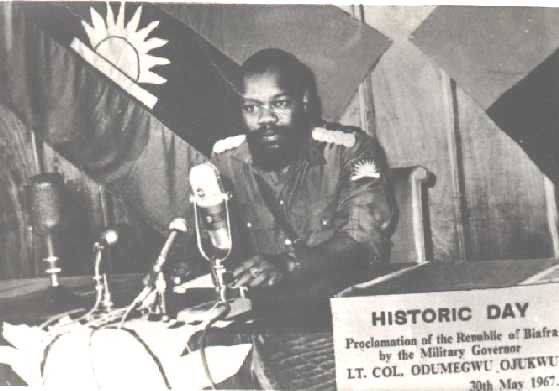From disrupted rail lines to reborn roadways—how a national crisis reshaped the way Nigerians move.
When the Nigerian Civil War broke out in 1967, it wasn’t just a political and humanitarian crisis—it was also a turning point in how people and goods moved across the country.
The war may have lasted only three years, but its impact on transportation still ripples through Nigerian society today. Roads, railways, and even the airspace weren’t just collateral—they were central to both the conflict and what came after.
Let’s take a closer look at how the war disrupted Nigeria’s transport systems—and how the nation had to rebuild, adapt, and innovate to move forward.
Before the War: A Rail-First Nation
In the years before the war, rail transport was king. The British colonial administration had invested heavily in railways to move goods like coal, cocoa, palm oil, and groundnuts from the interior to the ports.
The rail network was:
-
Efficient,
-
Widely used for passenger and freight transport,
-
The backbone of regional trade and communication.
Then the War Came: 1967–1970
The war between the Nigerian federal government and the secessionist state of Biafra devastated the transport sector, especially in the Eastern Region (Biafra).
What Got Disrupted:
-
Rail lines were bombed, blocked, or dismantled in war zones.
-
Bridges were destroyed—especially key crossings in the southeast and south-south.
-
Airports were targeted, and roads became battlegrounds or refugee corridors.
-
Port Harcourt—a major export port—was shut down for long stretches.
The result? A fragmented, paralyzed transport system. Movement across the country became nearly impossible. Supply lines were cut. Traders lost goods. Communities were isolated.
The Road to Recovery: Post-War Rebuilding
After the war ended in 1970, the focus shifted to reconstruction and reintegration. But the war had exposed one key weakness: Nigeria’s overreliance on rail and limited roads.
The solution? Massive investment in road transport.
The government:
-
Built new highways connecting Lagos to the north and east.
-
Paved rural roads to reconnect remote communities.
-
Boosted the Nigerian Railway Corporation, though rail would never fully recover.
-
Encouraged the growth of trucking and commercial buses.
The Rise of Road Transport: Buses, Taxis & Danfos
In the vacuum left by disrupted trains and limited air travel, road-based transport exploded:
-
Peugeot 404 taxis and Bedford buses became symbols of national movement.
-
Private operators took over where government services fell short.
-
New transport unions and vehicle owner cooperatives emerged.
-
Roads became the new arteries of trade, culture, and migration.
From this post-war shift came the birth of the Danfo era, especially in Lagos, where minibuses became the go-to transport for the masses.
Innovation Born from Necessity
The post-war years also saw:
-
A boom in local vehicle repair skills and spare parts markets.
-
The emergence of roadside mechanics, often self-taught.
-
More Nigerians entering the driver-for-hire economy—as cabbies, bus drivers, or haulage specialists.
Transportation went from elite-controlled to grassroots-driven. Movement became a matter of survival and recovery.
Economic & Cultural Impact
-
Trade routes shifted, with new commercial hubs emerging.
-
Lagos boomed as a migration destination, creating demand for better roads and transit.
-
Music, fashion, and food culture followed these new roads—creating a more interconnected Nigerian identity.
-
The dominance of rail faded. Nigeria became a road-first country, a status it holds to this day.
War Changed the Map—Literally and Figuratively
The Nigerian Civil War broke a lot of things—but it also forced Nigeria to adapt. It reshaped how people moved, how goods were delivered, and how communities connected.
And while the scars of the war remain, so too does the legacy of resilience: a nation that refused to stop moving—even when the tracks were gone.
